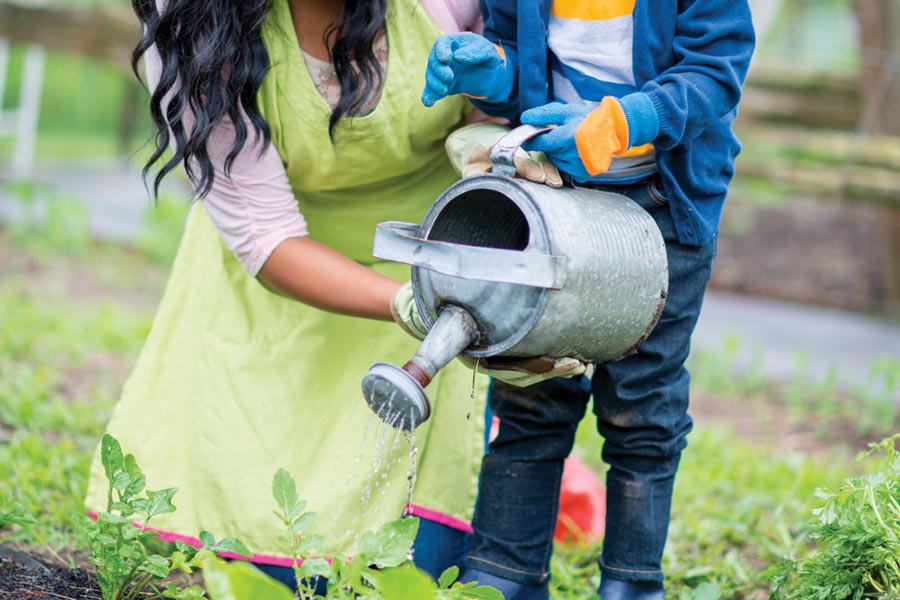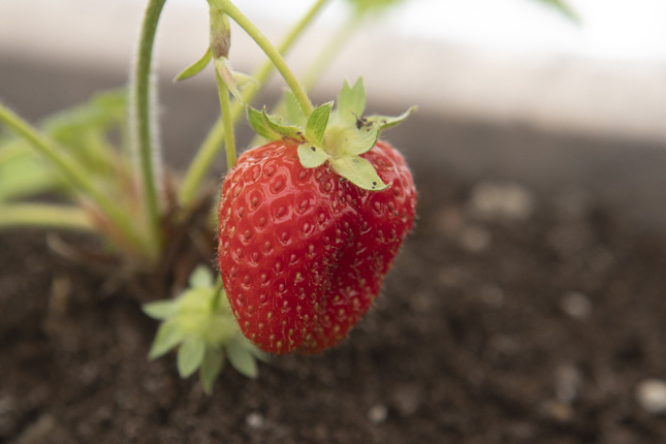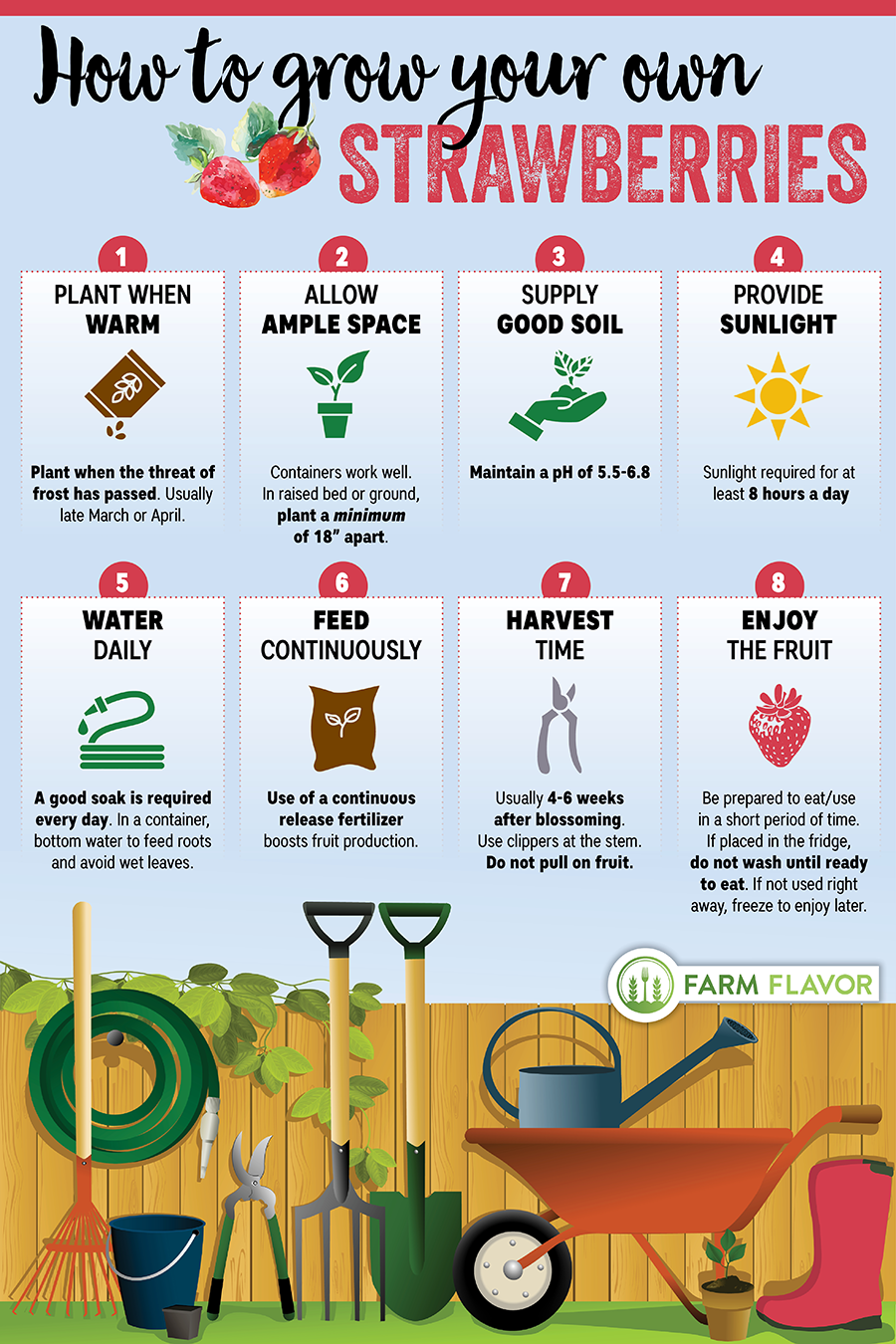Home > Lifestyle > Garden > How to Grow and Harvest Your Own Strawberries
How to Grow and Harvest Your Own Strawberries

Is there anything better than biting into a fresh strawberry from the vine on a warm spring day? You may be surprised to discover that strawberries are one of the easiest fruits to grow. And you don’t even need much space to grow them. Whether you have a farm, a suburban backyard or an apartment balcony, strawberries can be a great addition to your garden.
Ready to get started? Follow the steps below to learn how to grow and harvest your own strawberries.
See more: Top 10 Strawberry Recipes for National Strawberry Month

Plant strawberries after the final frost
Strawberries enjoy warm weather, which means they will do best if you plant them after the threat of frost has passed. The date will vary depending on your specific growing zone, but a general rule of thumb is around late March or April. Find your specific zone here, then check out this chart for best planting times.
Give them enough space and good quality soil
Strawberries thrive in containers, raised beds and in-ground gardens, but they need enough space for their root systems to grow deep and strong. If you plant in a garden or raised bed, be sure to space the strawberries at least 18 inches apart. This distance also leaves plenty of room for the runners (horizontal stems).
Another important factor in growing strawberry is good quality soil. These fruits do best in soil that maintains a pH of 5.5 to 6.8 and receives at least 8 hours of sunlight a day.

Water your plants daily
Every plant needs water to thrive, and strawberries are no different. This is especially true during the fruit-bearing season. While the amount of water varies depending on your climate and where you’ve planted your berries, most gardeners suggest giving strawberry plants a good soak every day.
Tip: If you’re growing strawberries in a container, you may want to bottom water to make sure the roots get the water they need and avoid wetting the leaves.
See more: How to Grow Your Own Sweet Potatoes
Use a continuous-release fertilizer
Most soil doesn’t contain enough nourishment to properly feed your plants as they grow, which is why it’s important to use a reliable fertilizer. Feeding your strawberries with a continuous-release fertilizer will help boost fruit production. Be sure to follow the instructions on the specific brand of fertilizer you purchase for optimal results.

Reap the rewards
Strawberries can be ready in as little as four to six weeks after blossoming. When you’re ready to harvest your berries, use clippers to cut them at the stem rather than pulling on the fruit. This prevents unnecessary bruising or injury to the fruit that could cause it to spoil more quickly.
Be ready to use your strawberries as snacks, tuck them into baked goods or turn them into delicious jams once harvested. Berries have a shorter shelf life compared to other fruits and are best used within a few days of picking from the vine.
If you can’t use them right away, pop them into the fridge. (Don’t rinse until you are about to use them.) Or you can freeze them to enjoy at a later date.
Don’t forget to check out a few of our favorite strawberry recipes, too:
- Strawberry Puff Pastry Torte (pictured below)
- Strawberry-Rhubarb Scones
- Strawberry Yogurt Parfaits With Homemade Granola
- Strawberry-Lemon Shortcakes
- Strawberry and Bacon Stuffed French Toast





